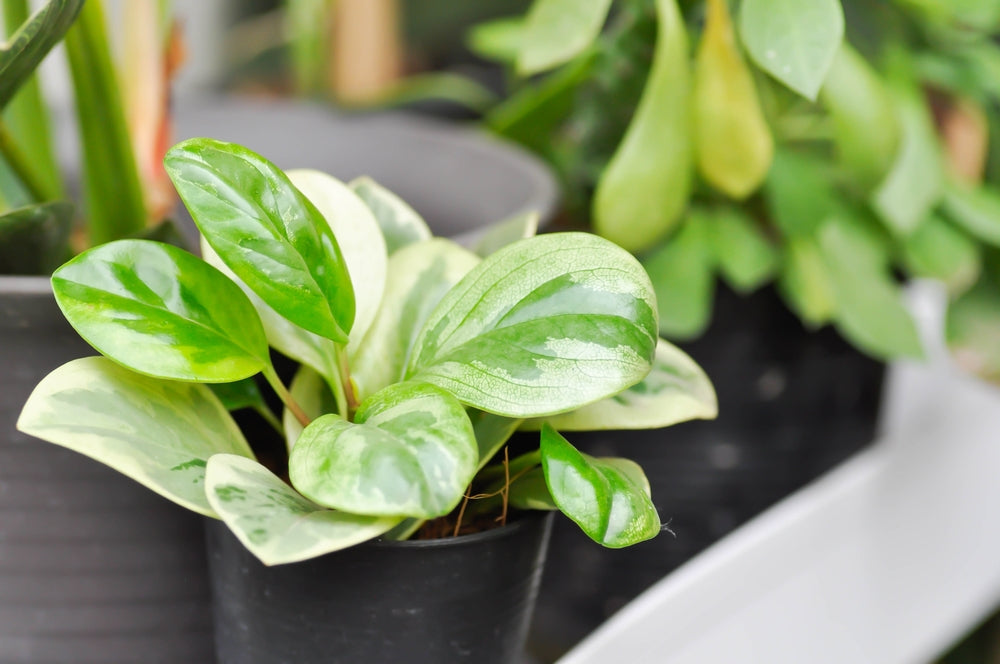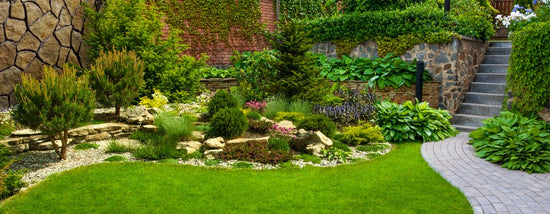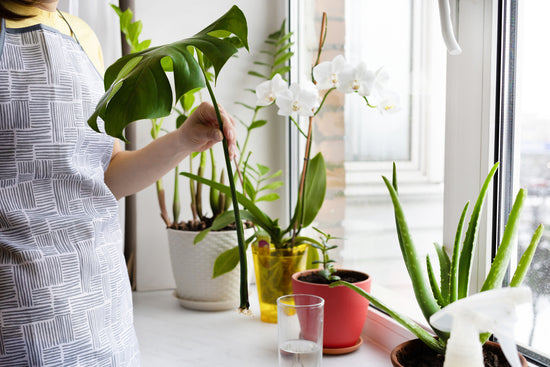Looking for indoor plants will have you considering all sorts of things – “will this plant go well with my other décor pieces?”, “will it need too much of my time?”, “how much attention is going to need to do well at home?”, “will watering it take too much energy?”.
Fortunately, the answer to all these questions is pretty simple! Peperomia plants will leave you wondering why you didn’t think of them before this and very glad that you’ve finally found their kind. Low-maintenance, less watering requirements, and versatile aesthetics – these plants are everything you may need and want!
Read on to find out the positive symbolisms of these plants, 10 Peperomia types of these plants that you can easily grow at home, and their care tips!
Peperomia Plants: An Abundance of Positive Symbolisms

Peperomia plants are known to symbolize prosperity, abundance, and happiness. With their lush foliage and vibrant colors, they embody growth and vitality, and reflect positive energies and well-being.
Across cultures, they are often associated with good fortune and luck, bringing a sense of joy and positivity to any environment – whether indoors or outdoors.
Whether adorning indoor spaces or gracing gardens, Peperomia plants inspire a sense of optimism, enhancing the atmosphere with their natural beauty and positive connotations.
Peperomia Plant Varieties to Grow At Home
1. Baby Rubber Plant

Baby rubber plants, or Peperomia obtusifolia, are compact houseplants known for their glossy, rubbery leaves. Thriving in bright, indirect light and well-draining soil, they are relatively low-maintenance and not-so demanding.
Water the Baby Rubber Peperomia plant when the top inch of soil is dry, and avoid overwatering to prevent root rot. Also remember to prune and trim leggy growth if you're looking to maintain a bushy appearance.
2. Peperomia Angulata
Peperomia angulata, also known as the "Creeping Peperomia," features trailing stems adorned with small, succulent-like leaves.
Much like all other Peperomia plants, this one also prefers bright, indirect light and well-draining soil. Water moderately, allowing the top inch of soil to dry between waterings.
The Peperomia Angulata is very well suited for hanging baskets or terrariums.
3. Luna Red Peperomia

The Luna Red Peperomia is a hybrid variety, known well for its striking burgundy-red leaves with unique textures. It thrives in bright, indirect light and well-draining soil.
The watering schedule for this remains the same as the others and be careful so as to not overwater the plant. Maintain good levels of humidity and prune the growth to promote compact growth. The Luna Red is a Peperomia variety suitable for all indoor spaces.
4. Peperomia Green
Easily one of the most widely seen Peperomia types, the Peperomia Green is a very popular houseplant, also characterized by its glossy leaves. Another lover of bright, indirect light and well-draining soil, this plant is beloved for its stunning appearance and non-demanding nature.
This is one of those indoor plants that go with just about anything and work very well as items of interior decor.
5. Peperomia Pixie Lime

The Peperomia Pixie Lime is a compact Peperomia plant variety with vibrant lime-green leaves which help it add a pop of color to any spaces. It thrives in bright, indirect light and well-draining soil.
Avoid soggy and over-moist conditions by making sure to water only when needed. When is it needed? When the top inch of the soil is dry and the pot doesn't feel very heavy to life. Also remember to prune the plant to maintain its compact form and promote bushy growth.
6. Peperomia Variegated
Buy Peperomia Variegated Plant
Characterized by its deeply segregated, differently-colored leaves, the Peperomia Variegated is easily the center of attention. With shades of white and cream giving the otherwise green leaves a playful tinge, this plant is the perfect indoor companion.
Water at regular yet fairly set intervals and remember not to let the soil get waterlogged, or you could risk root rot.
7. Watermelon Peperomia

In no way is this plant related to the watermelon but once you actually see it, you'll probably understand why it got its name. Its uncanny resemblance to watermelon rinds makes it a stunning, unique houseplant.
Well-draining soil is integral to this plant as it is to other types of Peperomia too. Ensure timely and proper pruning if you're looking to maintain a compact and bushy growth.
8. Peperomia Rosso

Peperomia Rosso is known for its striking red-purple undersides and green upper surfaces on its leaves. It thrives in bright, indirect light and well-draining soil.
Water when the top inch of soil dries out, avoiding overwatering. Maintain moderate humidity and trim the plant just like the others. With its unique coloration, the Peperomia Rosso makes for a stunning indoor plant.
9. Peperomia Frost
Peperomia Frost is a type of Peperomia plant distinguished by its frosty silver-green foliage with delicate white edges. Its light and soil requirements are the same as other Peperomia plants, and you should remember to water it when the top inch of soil is dry to waterlogged conditions.
Maintain moderate humidity and prune to maintain its compact form. Its ideal for decorative displays in indoor settings.
10. Raindrop Peperomia

Raindrop Peperomia is known for its unique teardrop-shaped leaves with silver-green markings. This plant is often confused with the Chinese Money Plant but there are certain things that set it apart.
It thrives in moderate to bright, indirect light and well-draining soil. Water when the top inch of soil is dry, avoiding overwatering. The Raindrop Peperomia is a brilliant addition to ornamental displays.














